Electrical load computation is a way of determining the number of power units that are needed to supply power to devices such as light bulbs and electric stoves. Understanding how much electricity your appliances, fixtures, and gadgets take is important for a variety of reasons. It is fair to measure whether it is worthwhile to substitute the appliance with a more energy-efficient version based on its energy consumption.
Also Read: The Promising Future of Renewable Energy in India: A Sustainable Revolution
In making decisions about a solar energy system for residential use, your choice should be based on your electric power consumption. Doing a solar system estimation for a home loan is the first stage of designing a solar system to maximize the production of energy for different home appliances and systems. This article is about the idea of a load and its role in reducing your home’s energy use, especially for those who look to solar solutions for home In the time of likeness.
What is an electrical load?

Electrical load refers to the amount of power used by an electrical device or system. Power is measured in watts (W) or kilowatts (kW) and indicates the rate at which energy is used. An appliance with a higher wattage consumes more electricity.
Contemporary lifestyles depend on devices and appliances powered by electricity. An electrical load estimate assesses the combined electrical power needed by all devices linked to an electric circuit in a home.
There are a few common entries that could be included on your electrical load chart:
| Appliance | Power Rating Range |
| Incandescent lights | 40 watts to 100 watts |
| Toasters | 600 watts to 1500 watts |
| Ovens | 1000 watts to 5000 watts |
| Space heaters | 500 watts to 1500 watts or more |
| Dishwashers | 1200 watts to 2400 watts |
| Washing machines | 500 watts to 1500 watts |
| Refrigerators | 100 watts to 800 watts |
| Air conditioners | 500 watts for small units, several thousand watts for central systems |
| Electric motors | Varies widely, from a few hundred watts to several kilowatts |
| Smart gadgets | Varies, typically a few watts to a few tens of watts |
| Medical devices | Varies, from a few watts to several hundred watts, depending on type |
| And more | Power ratings depend on specific type and model |
Exploring Home Energy Management Electrical Load Calculation
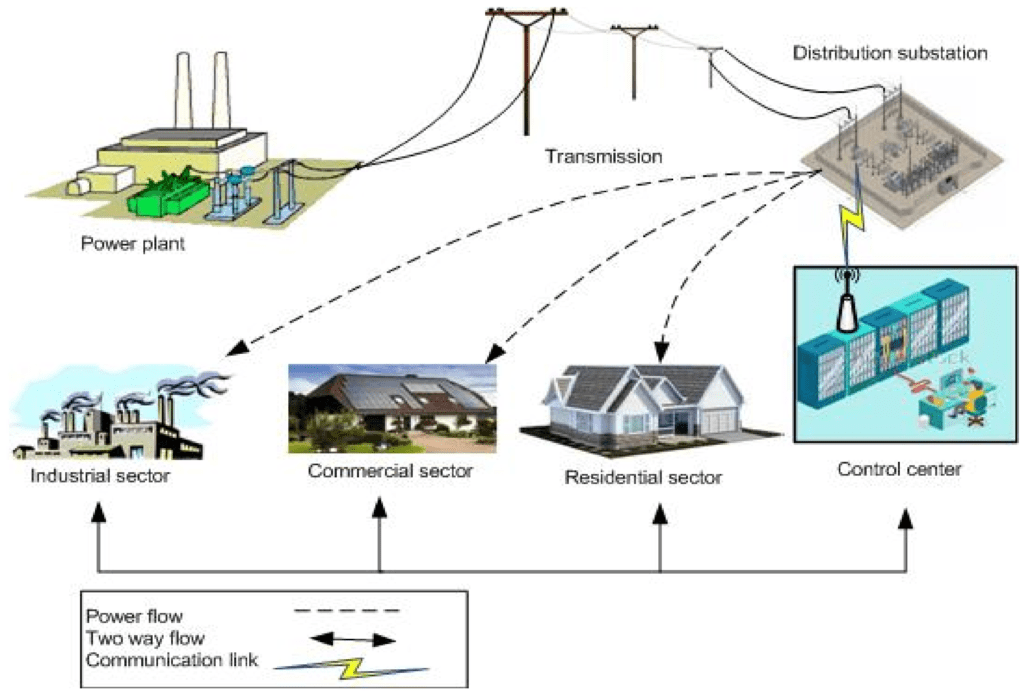
With a home electric load calculator, you can determine how much your electricity consumption affects your energy bills. You can use this information to inform your choices about solar and battery storage.
It is important to recognize the numerous definitions and classifications of electrical load to calculate household load. Owners need to understand the following definitions:
Devices that run on electrical energy and convert it into another form of energy are known as electrical charges.
Electronic devices use electricity to generate motion, light, heat, and other energy conversions.
For households, it is important to determine the total amount of electricity needed to run lights, appliances, machines, and other electrical outlets.
It is important to include all appliances that require electricity in the electrical load calculation method. Electrical overload can be avoided by operating the circuit at partial capacity. It is recommended to keep it around 80%.
Also Read: Lighting Your Way: 10 Tips to Choose the Right Solar EPC Company in India
How to Calculate Electrical Load for a Home the Right Way
Are you interested in selecting the appropriate size for a solar energy system? Maybe you want to be sure your electrical system can handle your home’s energy needs year-round. How to calculate electrical load in a house is crucial in such situations.
Homeowners can calculate their electrical load using the industry-standard methodology provided by professionals. This method determines the aggregate power units (in amperes) needed for your household.
When using this load calculation formula, ensure to include a 20% margin to prevent overloading the main circuit and guarantee the safe operation of all appliances.
To calculate the electrical load formula for a piece of equipment, you need to determine its amperage (current), voltage, and wattage (power).
The formula is Amperes = Watts divided by Volts.
The formula is: Watts = Volts x Amperes
You can create a comprehensive load calculation sheet and ascertain the capacity of both the main circuits and specific circuits by utilizing these calculations. Begin by recording the electricity consumption of your household gadgets.
Below is a list of typical appliances together with their average power consumption measured in watts:
| Appliance/Fixture | Power Rating (in watts) |
| Incandescent lamp | 40 – 150 |
| LED Bulb | 4 – 25 |
| LED tube light | 8 – 36 |
| Fluorescent tube light | 18 – 60 |
| Table fan | 30 – 70 |
| Induction motor Ceiling fan | 60 – 80 |
| Cooler | 100 – 500 |
| AC (1 ton) | 3,517 |
| Refrigerator | 150 – 400 |
| Computer | 100 – 250 |
| TV | 60 – 120 |
| Smartphone charger | 4 – 7 |
| Space Heater | 1,000 and up |
| Washing Machine | 300 – 500 |
| Microwave | 700 – 1,400 |
| Coffee maker | 800 |
| Toaster oven | 1,400 |
| Blow dryer | 300 – 1,200 |
To understand the how-to electrical load calculation formula we will consider the use of the following appliances. Here is the method to determine the electrical load of a house:
| Number of Appliances | Power Rating | Daily Use in Hours | Load Calculation |
| 4 LED Bulbs | 9 watts each | 10 | 4 x 9W x 10 = 360 watt |
| 1 Cooler | 400 watts | 6 | 1 x 400W x 6 = 2,400 watt |
| 2 Ceiling Fans | 70 watts each | 18 | 2 x 70W x 18 = 2,520 watt |
| 1 TV | 100 watts | 4 | 1 x 100W x 4 = 400 watt |
| 1 Refrigerator | 300 watts | 12 | 1 x 300W x 12 = 3,600 watt (approximately) |
| Total | 9,280 Watt Hour |
How can load in kilowatts be calculated? It is straightforward.
1 watt is equivalent to 0.001 kilowatts.
Your daily consumption is 9.28 kilowatt-hours or 9.28 units per day.
You will use 278.4 units of power each month if you use these gadgets for the same number of hours every day.
With an electricity tariff of ₹ 8 per unit, your monthly energy bill will amount to ₹ 2,227.2.
Advantages of Electrical Load Calculation
- Understanding the linked load calculation or having a professional electrician calculate your load allows you to make informed judgments.
- Understanding the energy consumption of various appliances allows you to identify and replace high-energy-consuming devices with energy-efficient equipment. Consequently, your electricity bills will decrease.
- An electrical panel load schedule helps maintain household safety by managing appliance usage to prevent overload. You would also be able to determine when it is necessary to increase your circuit capacity to accommodate additional appliances and smart devices.
Ways to Enhance Load Capacity
- With the knowledge of load calculation, you may address overload problems and enhance the load capacity of your primary circuit. Adding a new circuit is crucial to supporting higher residential power capacity. Here is the information you need:
- Upgrade fuse boxes to circuit breakers. Fuse boxes frequently do not have sufficient space for additional circuits.
- The breaker box contains numerous slots to accommodate additional circuits and their respective wires.
- If you need more room, use a tandem breaker instead of a single breaker.
- Create a solar system tailored to your electrical needs.
Calculating the electrical load is an essential part of determining the appropriate size for a solar system. Once you determine the electricity consumption of your appliances, you may select a system capacity that meets your energy needs.
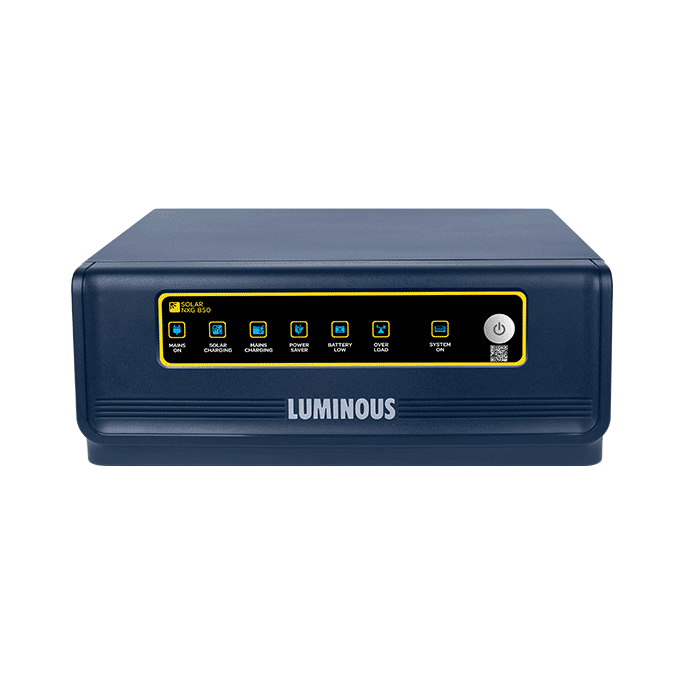
Choose a solar inverter: It is advisable to use a larger-capacity solar inverter to prevent energy wastage during the conversion of power from DC to AC. Choose a 1600-watt / 24-volt inverter for a 1000-watt total electrical load.
Determine the total current of your load: To find out the amount of current your solar system needs to produce to power the connected electrical load, use the formula: Current = Power (in watts) / Voltage. With a power of 1000 watts and a voltage of 24 volts, the current is 41.66 amperes.
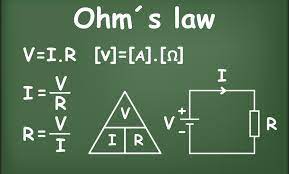
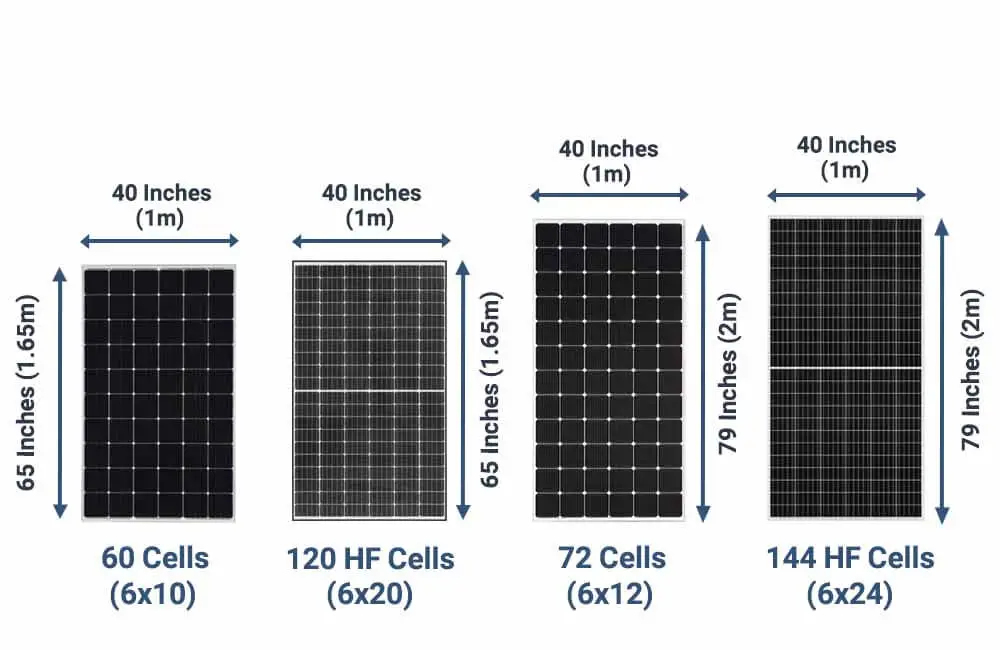
Calculate the size of solar panels: Determine the required size of solar panels by adding the electrical load of 41 amps and the 30 amps needed to charge a 300Ah battery, resulting in a total of 71 amps.
An average 250-watt solar panel typically generates a voltage of 30 volts. The power requirement is 2,130 watts with a voltage of this magnitude and a current of 71 amps. The nearest solar panel size suitable for our power needs is 250 watts. Therefore, by using 10 panels, each with a capacity of 250 watts, you may produce 2500 watts of electricity.
Strategies to reduce electricity use
Reducing the energy consumption of your appliances can save costs on your energy bills and reduce your carbon footprint. Here are some guidelines to increase the energy efficiency of your appliances:
- Choose energy-efficient appliances
When purchasing new appliances, look for energy-efficient models. These appliances have low energy consumption and can help save energy costs in the long run.
- When the device is not in use, unplug it
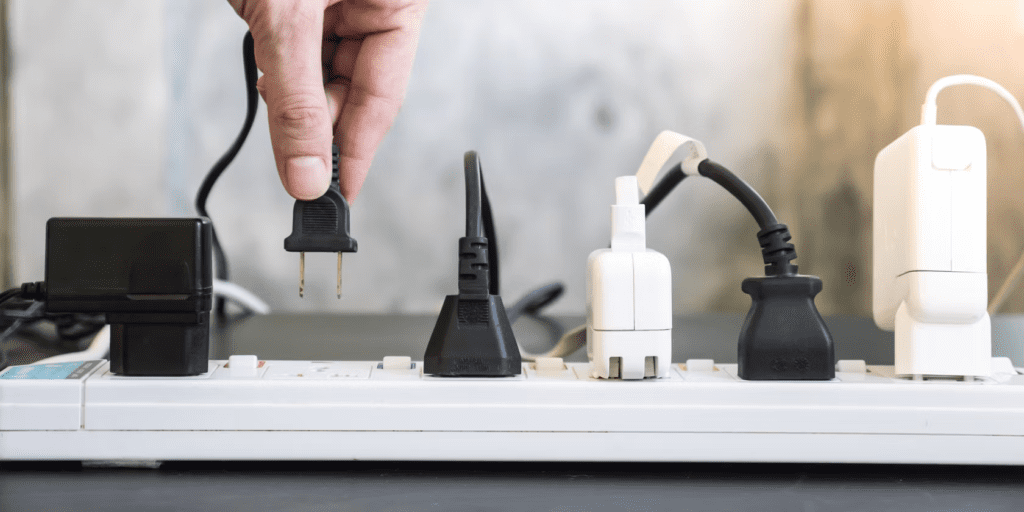
Many appliances go into standby mode yet still require energy. The best option to cut down on electrical energy consumption is by turning off your appliances when they are not in use.
- Use less demanding equipment
With low demand, appliances should be used at those times which further lowers the energy charges. Electricity charges surge during peak timings, causing the power supply to go off more. Schedule power and energy use within peak times to avoid overload in the system.
- Avoid damage to your equipment

Scheduling routine tune-ups of your appliances will improve their energy efficiency and reduce your energy costs. For instance, cleaning the back of your fridge is going to make it more effective and help you save on energy.
Knowing the appliance’s electrical load allows you to regulate your energy consumption at home. Knowing an item’s electrical requirements can help you avoid overloads, manage power outages, and make informed consumption decisions. Calculating your home appliances’ electrical demand will help you keep track of solar energy and manage your electricity consumption. With the help of these methods and expert advice, you will be able to choose green and cost-effective solutions.
Also Read: Top 10 Solar Panel Manufacturing Companies in India
Om Solar Solutions is acknowledged as one of India’s Best Solar Installation Companies, dealing in the installation of solar power systems for individuals and businesses. Om Solar Solutions prioritizes quality, innovation, and client happiness when providing trustworthy and cost-effective solar solutions. Contact us right away to learn more about the benefits that solar energy can provide to your home or company.

